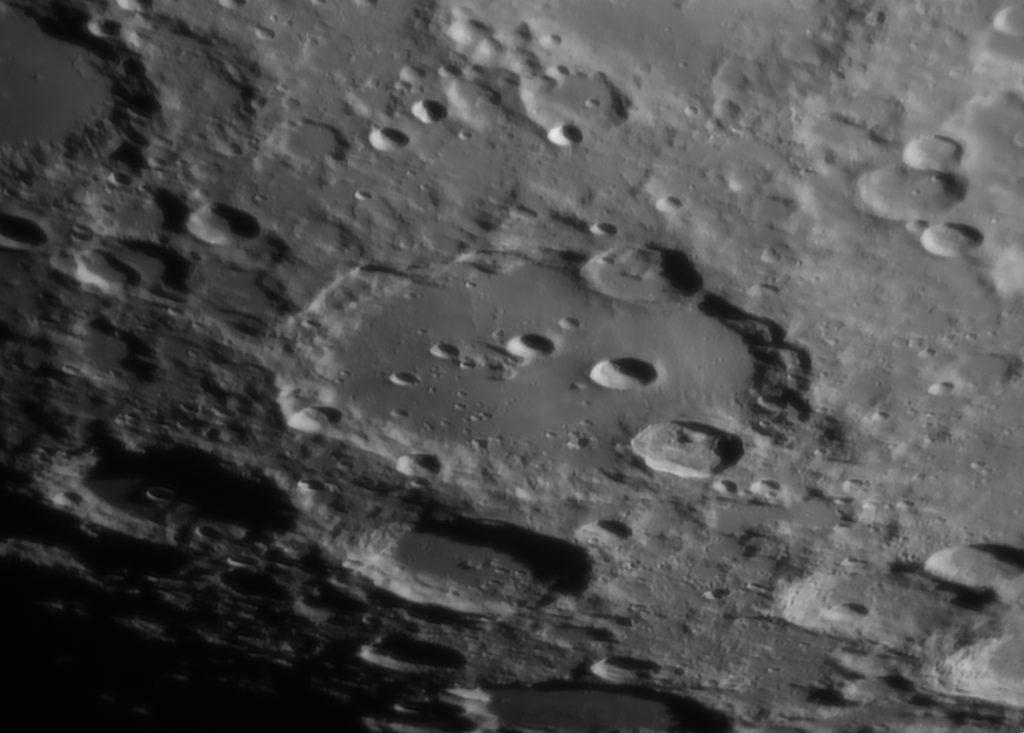After a number of years developing my art, and let’s face it, astrophotography is a real art-form, my lunar imaging techniques have been gradually gathering momentum. I am now starting to see the fruits of all my efforts and reaping the rewards of that gentle perseverance and patience applied over all those years of learning and making from my own mistakes. I seem to have now developed the best strategy for capturing AVI’s and post-processing workflow, using AutoStakkert!, Registax and Photoshop.
So this last couple of weeks or so, gave me lots of opportunities to get some data in the can and process them to get as much detail out as possible.
And I certainly haven’t been disappointed with the latest results.
All images taken using my 190 Mak-Newt, a DMK41 camera and a 2x Barlow lens.
The area around Crater Posidonius. (Two panel mosaic).
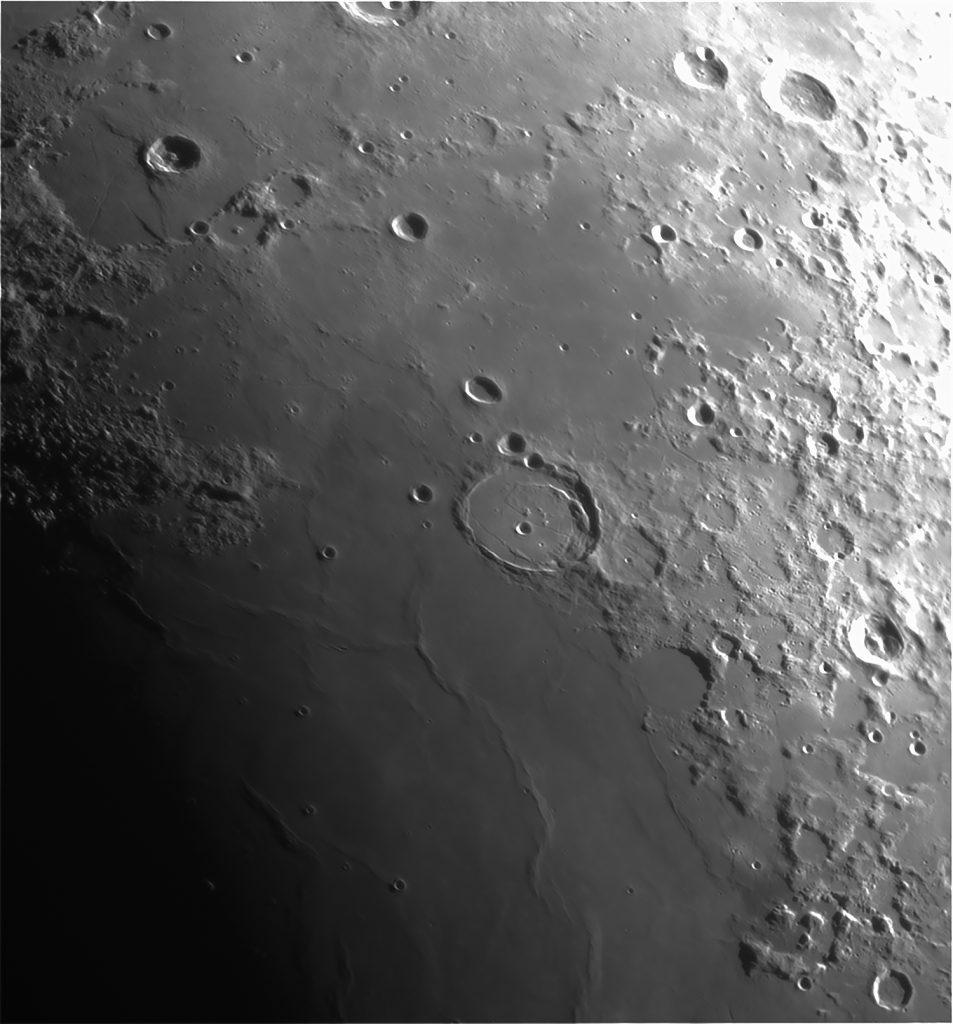
Area around Messier Crater.
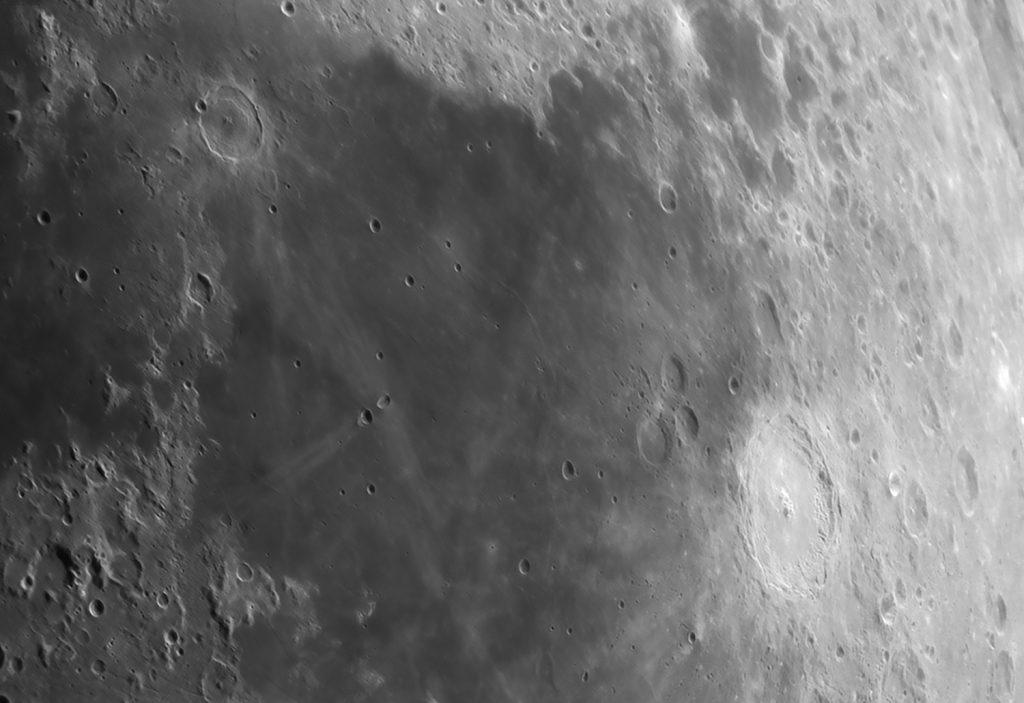
The Apollo 11 lunar landing site, showing wrinkle ridges, lunar domes, the ghost crater Lamont and the much smaller craters Collins, Aldrin and Armstrong are easily visible.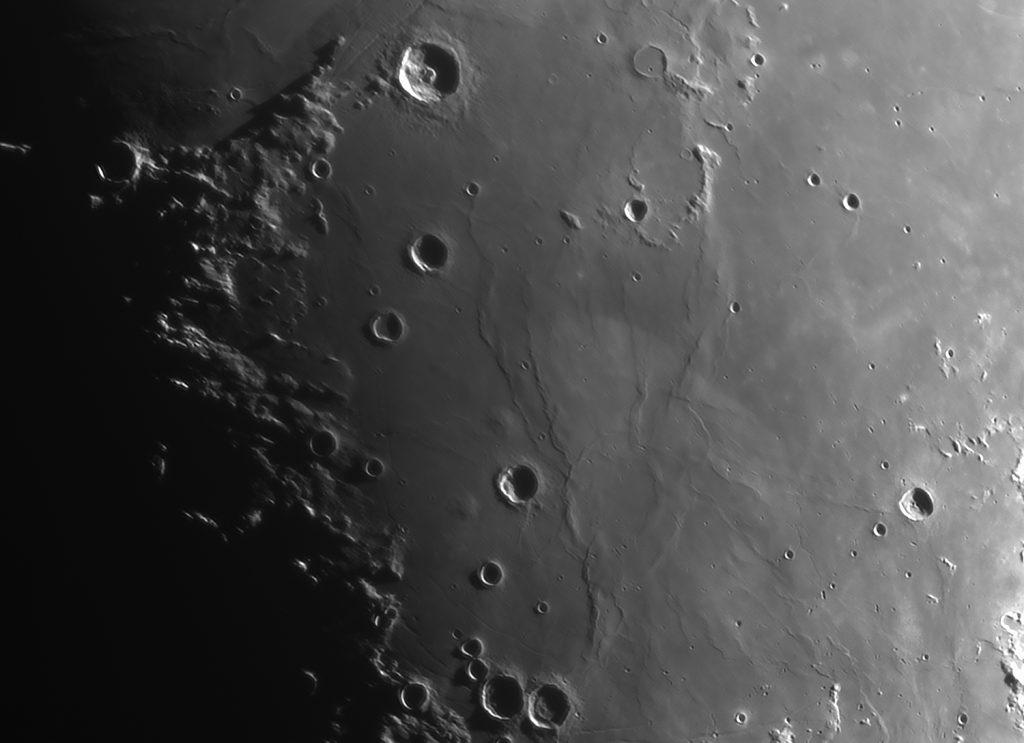
The Apollo 11 lunar landing site, again. Taken a day later with a higher sun elevation, the lower features are harder to spot, but more detail visible in the craters Sabine & Ritter.
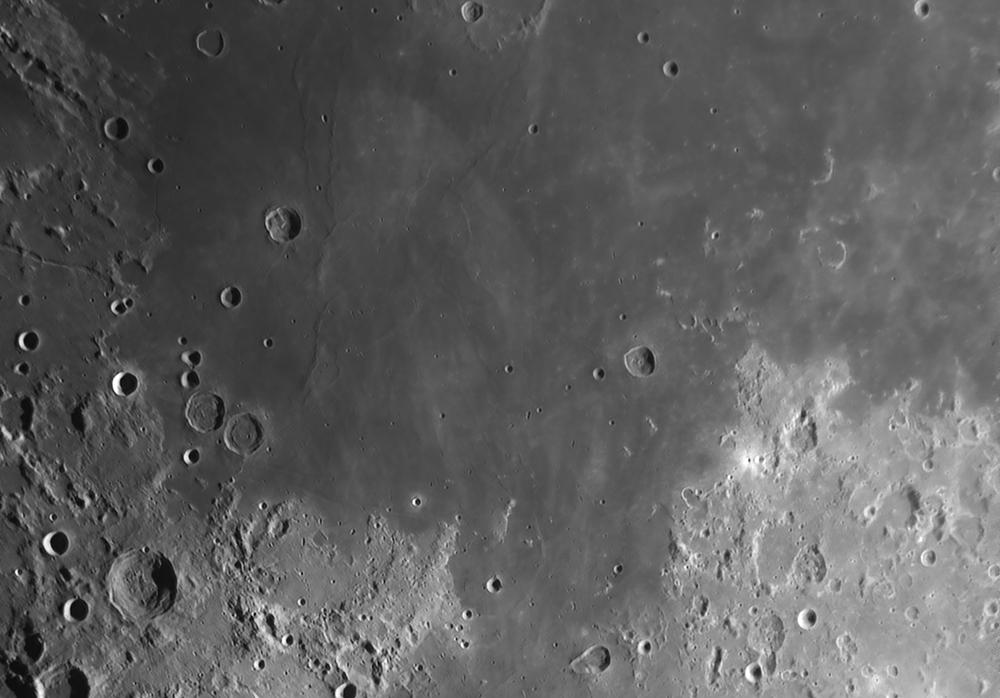
Rima Hyginus.
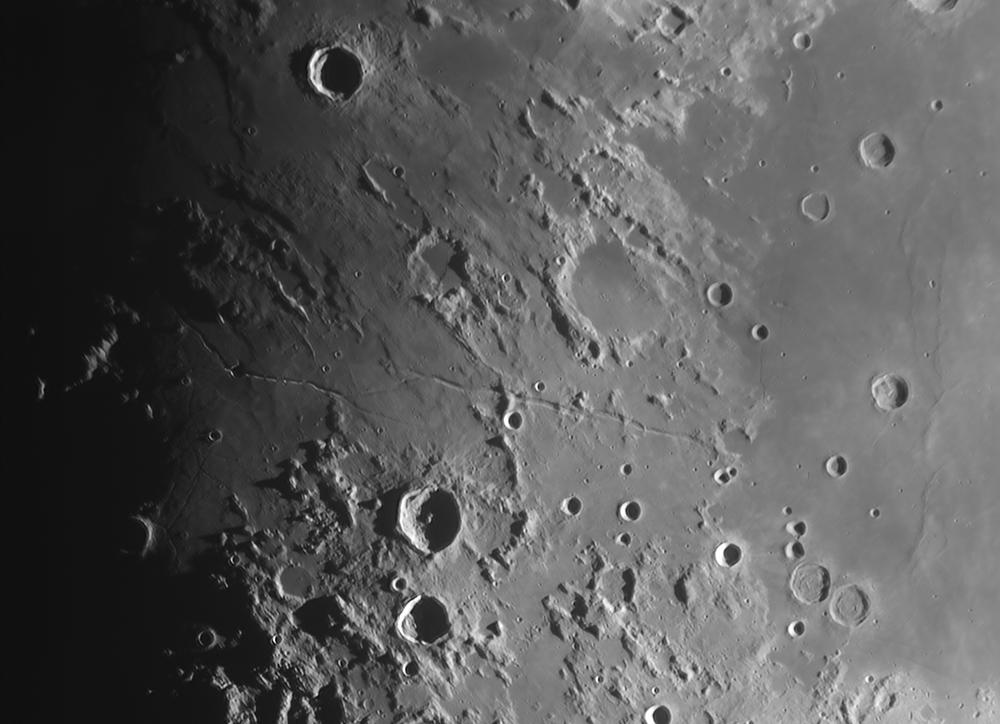
The area between Mare Tranquillitatis and Rima Hyginus. (Two pane mosaic).
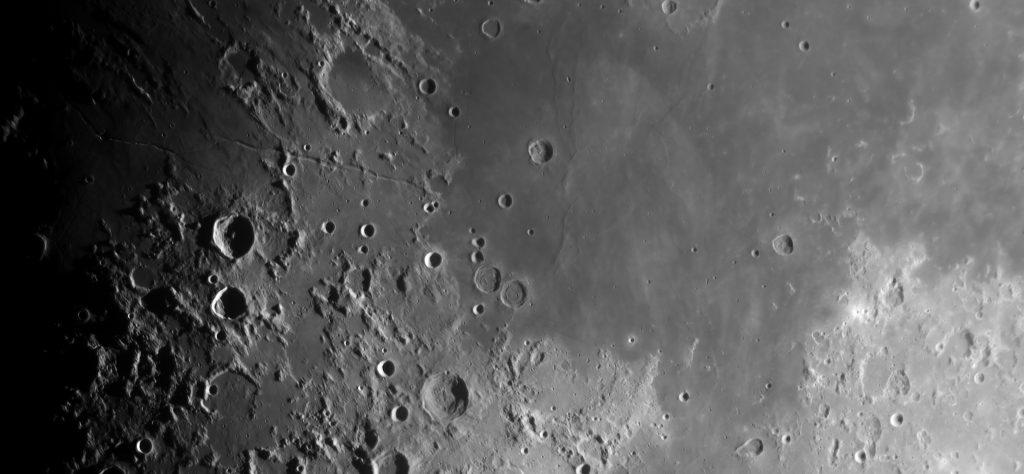
The area around Theophilus & Cyrillus.
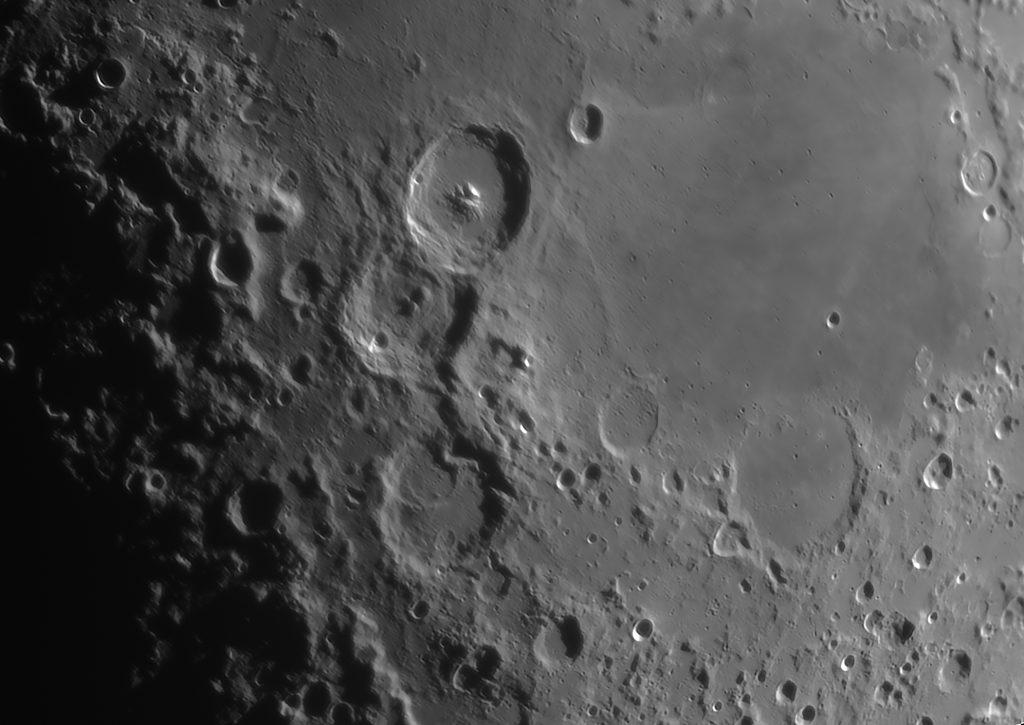
The southern Lunar highlands. (Two pane mosaic).
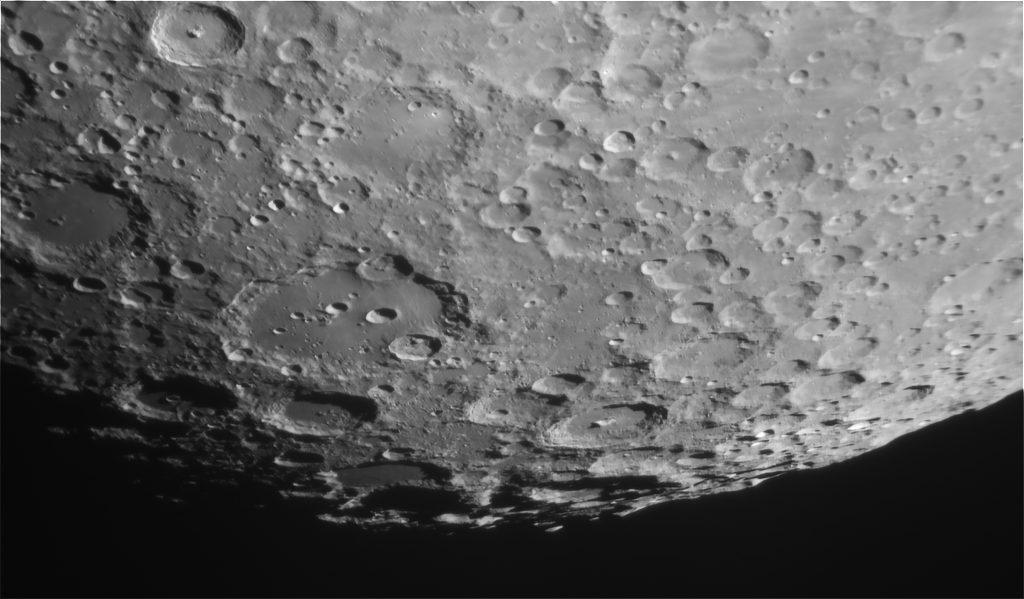
Mare Imbrium. (Six pane mosaic).
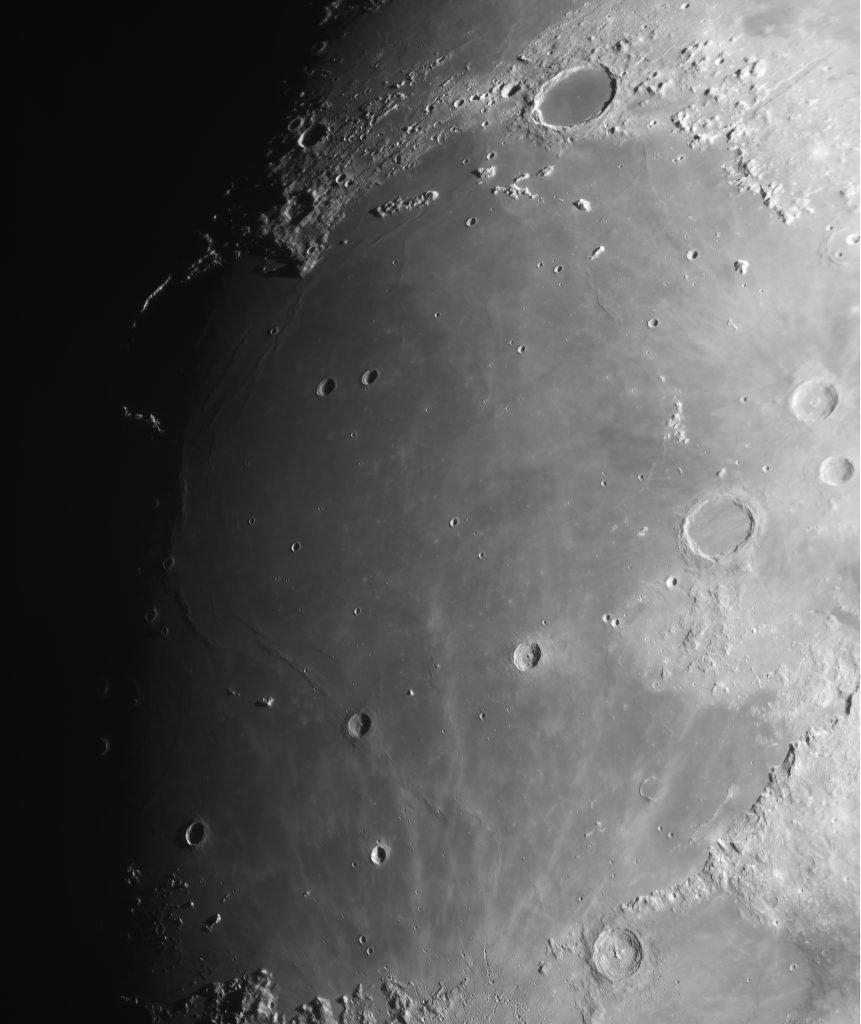
Area around Copernicus, showing the keyhole shaped crater Fauth, and the string of secondary craters caused by the impact. (Four panel mosaic).
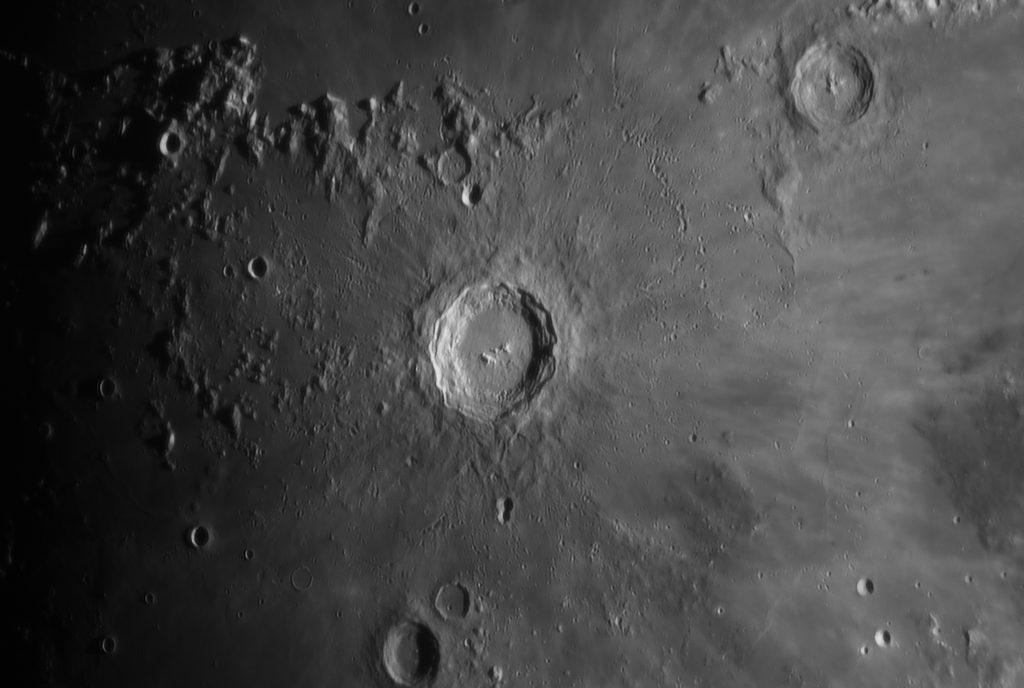
Rupes Altai. (Three panel mosaic).
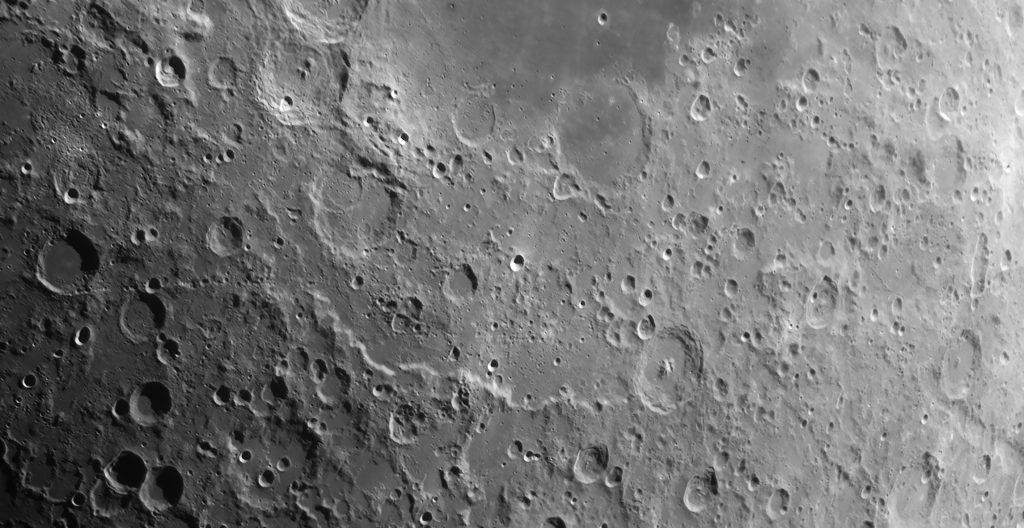
Clavius, showing lots of craterlets littering its floor.
